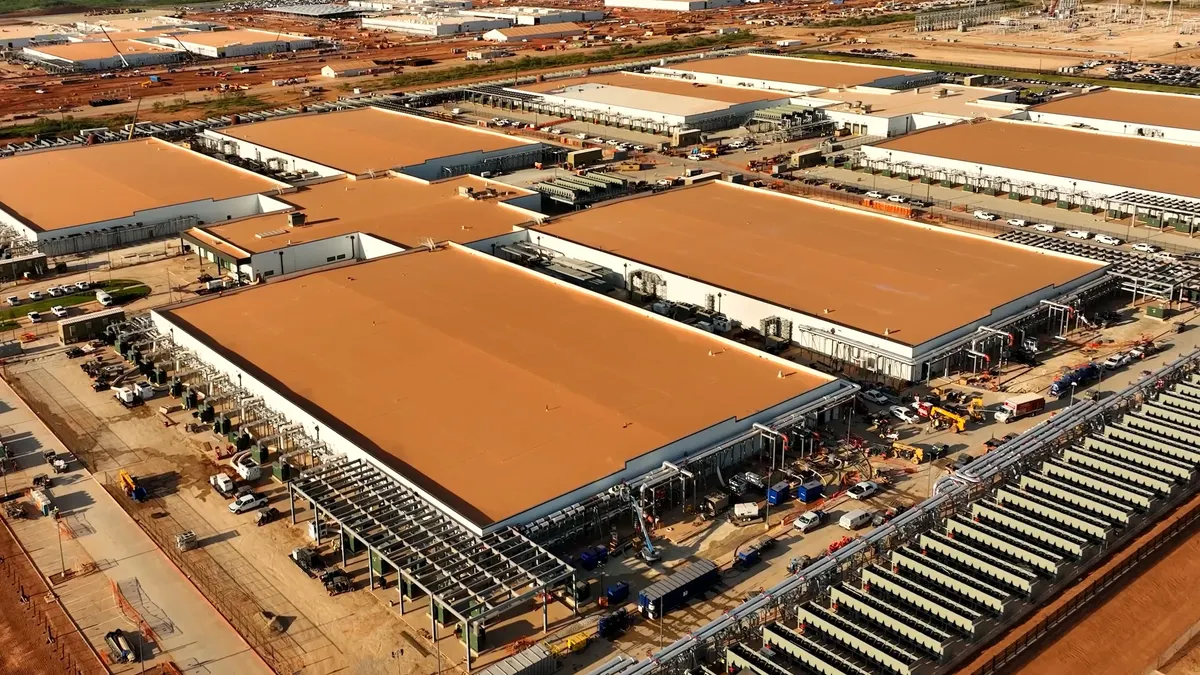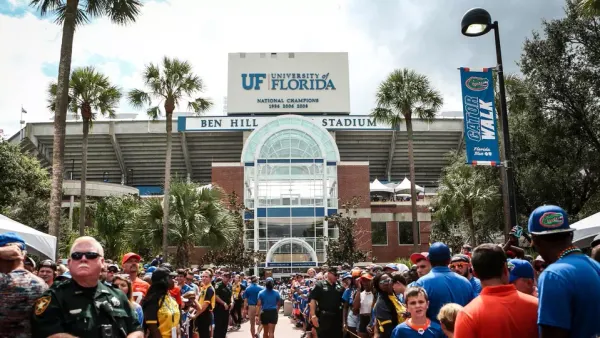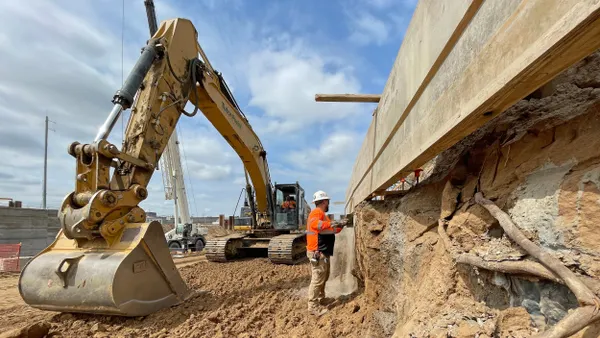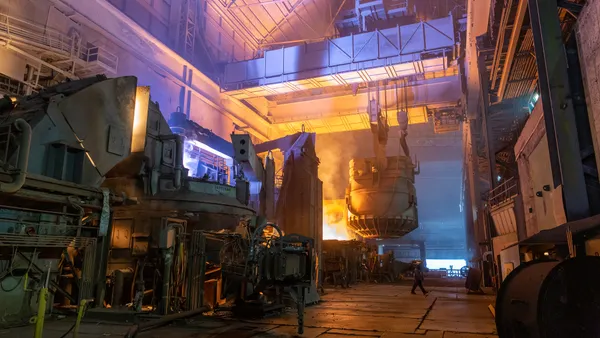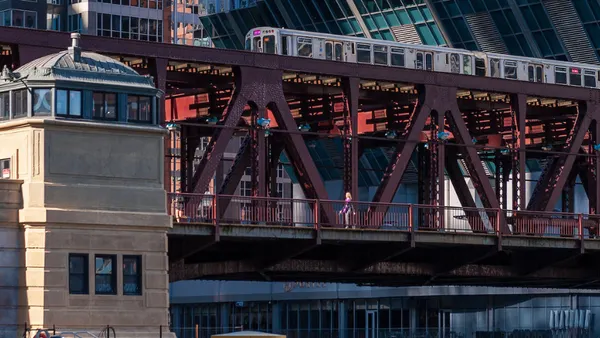Dive Brief:
- A joint venture led by Archer Western, a Walsh Group company, has finally overcome year-long legal protests to win the contract for the design and construction of an $800 million "signature" Miami bridge, according to Engineering News-Record. A Florida administrative law judge recently rejected another bidder's arguments, saying the Archer Western bid did not "violate ... governing statutes, rules or policies, or the solicitation specifications.”
- Another entry from a Fluor-led joint venture scored higher in aesthetics with local groups during the bid evaluation process, but the Florida Department of Transportation (FDOT) chose the Archer Western-de Moya Group (AWD) design instead on a best-value basis a year ago this month. Former Miami Commissioner Marc Sarnoff filed a complaint with the FDOT shortly after it announced the decision, claiming the department gave incorrect weight to the aesthetic component.
- The team including Fluor and others withdrew its formal protest with the FDOT approximately one week after the judge's decision. Almost two weeks later, FDOT Secretary Mike Dew executed an order that paved the way for the department to issue a contract to AWD. There is no estimated timeline for construction yet.
Dive Insight:
According to the Miami Herald, the Fluor team included Munilla Construction Management and FIGG Bridge Group, the builder and design engineers, respectively, of the pedestrian bridge at Florida International University (FIU) that collapsed March 15, killing six people. Although the spotlight is on MCM and FIGG because of ongoing investigations into the bridge failure at FIU, there is no indication that the Fluor-led joint venture's decision to abandon the protest was the result of anything other than the administrative judge's ruling.
AWD's proposal indicates that one portion of the $800 million project, a viaduct bridge on State Road 836, will use accelerated bridge construction (ABC) methods. That is the same construction technique that was used by MCM and FIGG during construction of the FIU bridge.
Despite the incident at FIU, the ABC approach is considered to be safer than conventional bridge-building methods because the bridge is constructed away from the span that is to be replaced, reducing traffic congestion and therefore the risk of accidents. Another safety plus is that ABC bridges are typically built in controlled conditions, with workers closer to the ground and out of the weather.
Earlier this year, the Oklahoma Department of Transportation successfully installed a railroad truss bridge built according to ABC methods as part of an Interstate 235 project in Oklahoma City. It took crews just days to set the two-span, 45-foot-tall, 4-million-pound bridge in place after the bridge was trucked in.



